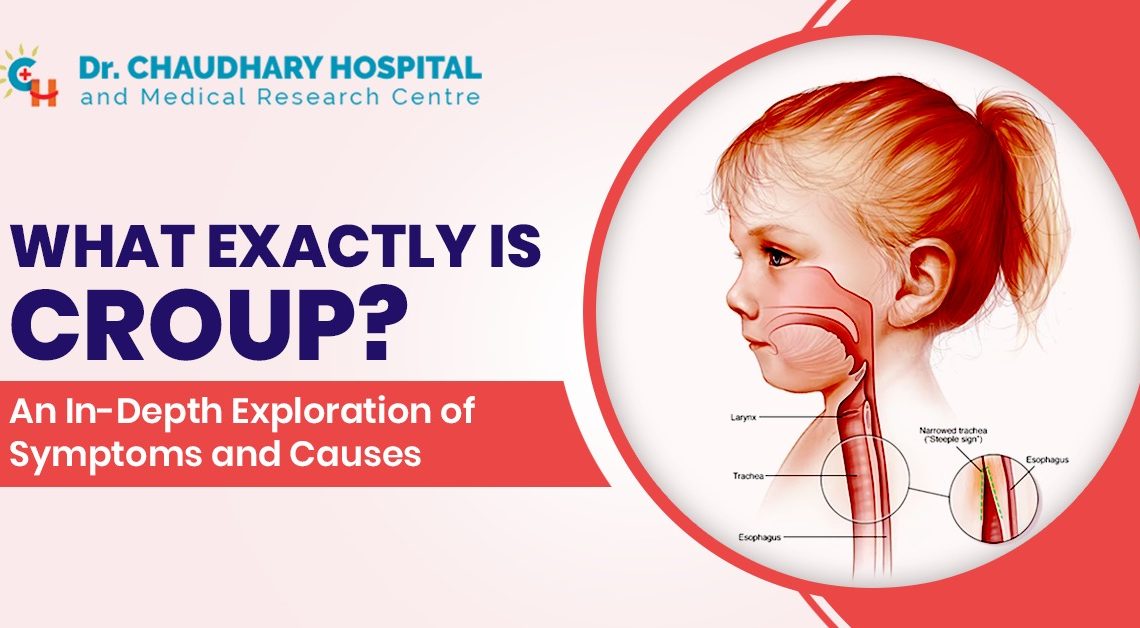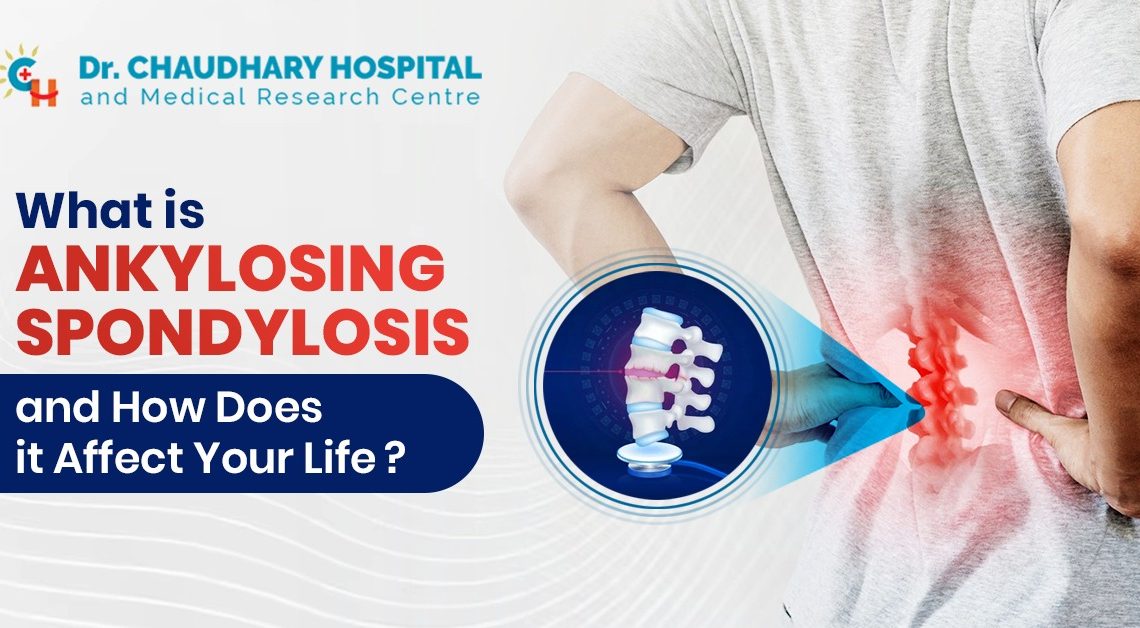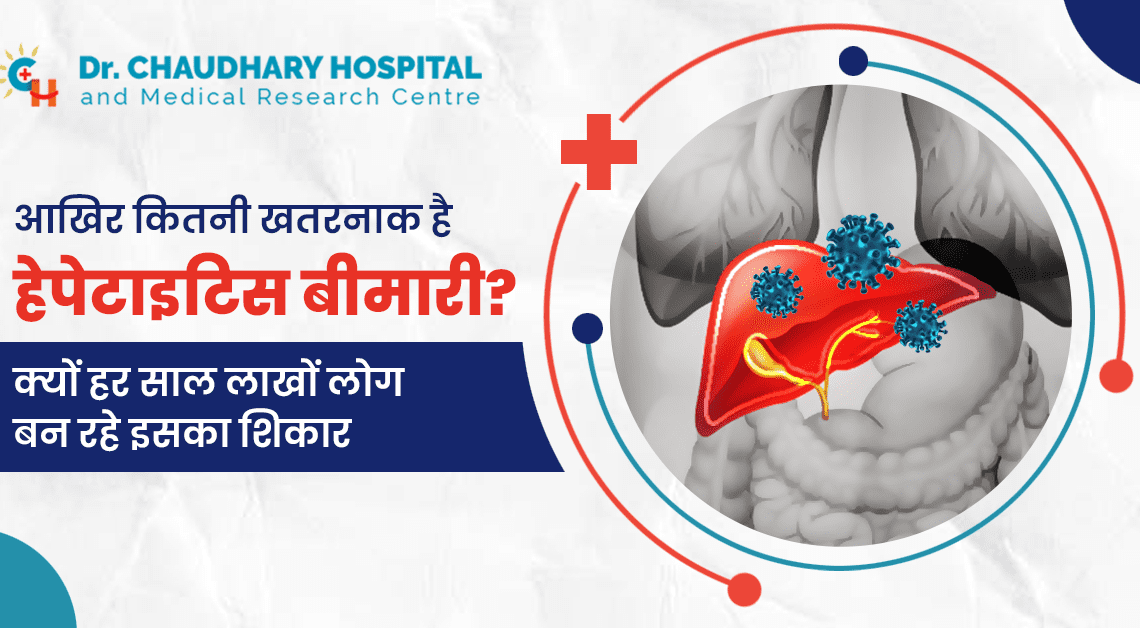Croup is a common respiratory condition that primarily affects young children, characterized by a distinctive barking cough and difficulty breathing. While it can be a source of concern for parents, understanding the symptoms and causes of croup is crucial for timely intervention and effective management. In this in-depth exploration, we will delve into the various facets of croup to shed light on this respiratory ailment.
Symptoms of Croup
Croup typically begins with symptoms resembling those of a common cold, such as a runny nose, cough, and fever. However, what distinguishes croup is the development of a harsh, barking cough that sounds much like a seal or a barking dog. This cough is often accompanied by stridor, a high-pitched sound made during inhalation, which can be particularly alarming for parents.
These symptoms include:
- A runny nose, a stuffy nose, and slight cough
- A cough that turns into a “seal’s bark”
- Laryngitis (losing of voice)
- Fever
- Stridor
As the condition progresses, children with croup may experience difficulty breathing, with their breathing becoming more labored and rapid. In severe cases, the child may exhibit signs of respiratory distress, such as retractions (visible pulling in of the chest and neck muscles with each breath) and cyanosis (a bluish discoloration of the skin or lips due to lack of oxygen).
Causes of Croup
Croup is primarily caused by viral infections, with the parainfluenza virus responsible for the majority of cases. Other viruses, including influenza, adenovirus, and respiratory syncytial virus (RSV), can also contribute to the development of croup. These viruses typically infect the upper respiratory tract, leading to inflammation and swelling of the airways.
The inflammation in the airways results in a narrowing of the trachea (windpipe) and the larynx (voice box). This constriction makes it more challenging for air to flow in and out of the lungs, causing the characteristic symptoms of croup. It’s worth noting that croup is most common in children aged 6 months to 3 years, though it can affect older children and, more rarely, adults.
Risk Factors Associated with Croup
Certain factors may increase the likelihood of a child developing croup. Children who attend daycare or have older siblings are at a higher risk due to increased exposure to respiratory viruses. Additionally, those with a history of allergies or asthma may be more susceptible to croup.
Environmental factors, such as exposure to tobacco smoke or living in areas with high levels of air pollution, can also contribute to the development and severity of croup. Understanding these risk factors can help parents take preventive measures and be vigilant for early signs of croup.
Diagnosis and Treatment
Diagnosing croup is often based on the characteristic symptoms and the distinctive cough sound. In some cases, healthcare providers may order a neck X-ray to assess the airway and confirm the diagnosis. However, this is not always necessary, as the clinical presentation is usually sufficient for diagnosis.
Treatment for croup is primarily focused on managing symptoms and providing relief to the child. This often includes the use of humidifiers to add moisture to the air, as well as administering corticosteroids to reduce airway inflammation. In severe cases, hospitalization may be required for close monitoring and, in rare instances, the use of nebulized epinephrine to quickly alleviate symptoms.
Early Detection & Prevention
While it may not be possible to entirely prevent croup, there are steps parents can take to reduce the risk of their child developing the condition. Practicing good hand hygiene, ensuring that the child is up to date on vaccinations, and avoiding close contact with individuals who are sick can help minimize the risk of viral infections.
Additionally, creating a smoke-free environment and addressing any environmental triggers, such as allergens or pollutants, can contribute to respiratory health and reduce the likelihood of croup episodes.
Conclusion
Croup, though common and often frightening for parents, is a manageable respiratory condition with the right interventions. Recognizing the symptoms, understanding the causes, and taking preventive measures are key aspects of navigating this respiratory ailment. With proper care and timely medical attention, most children with croup recover fully, highlighting the importance of awareness and informed parenting in addressing childhood illnesses.










